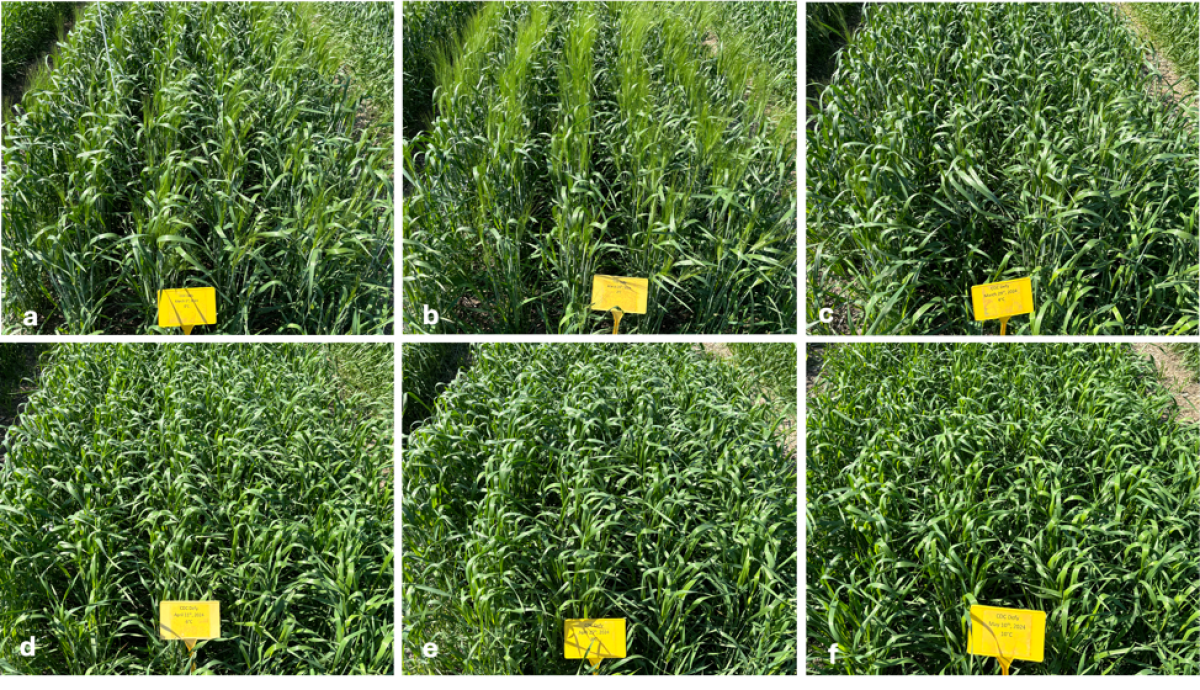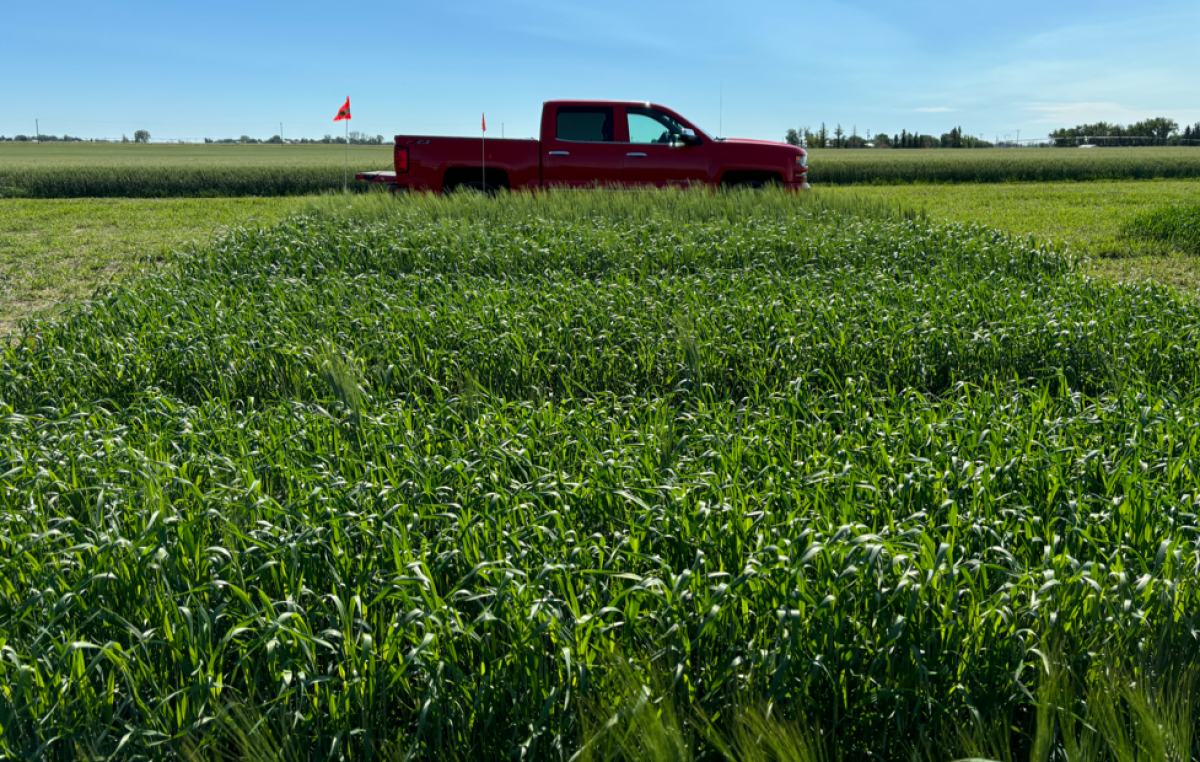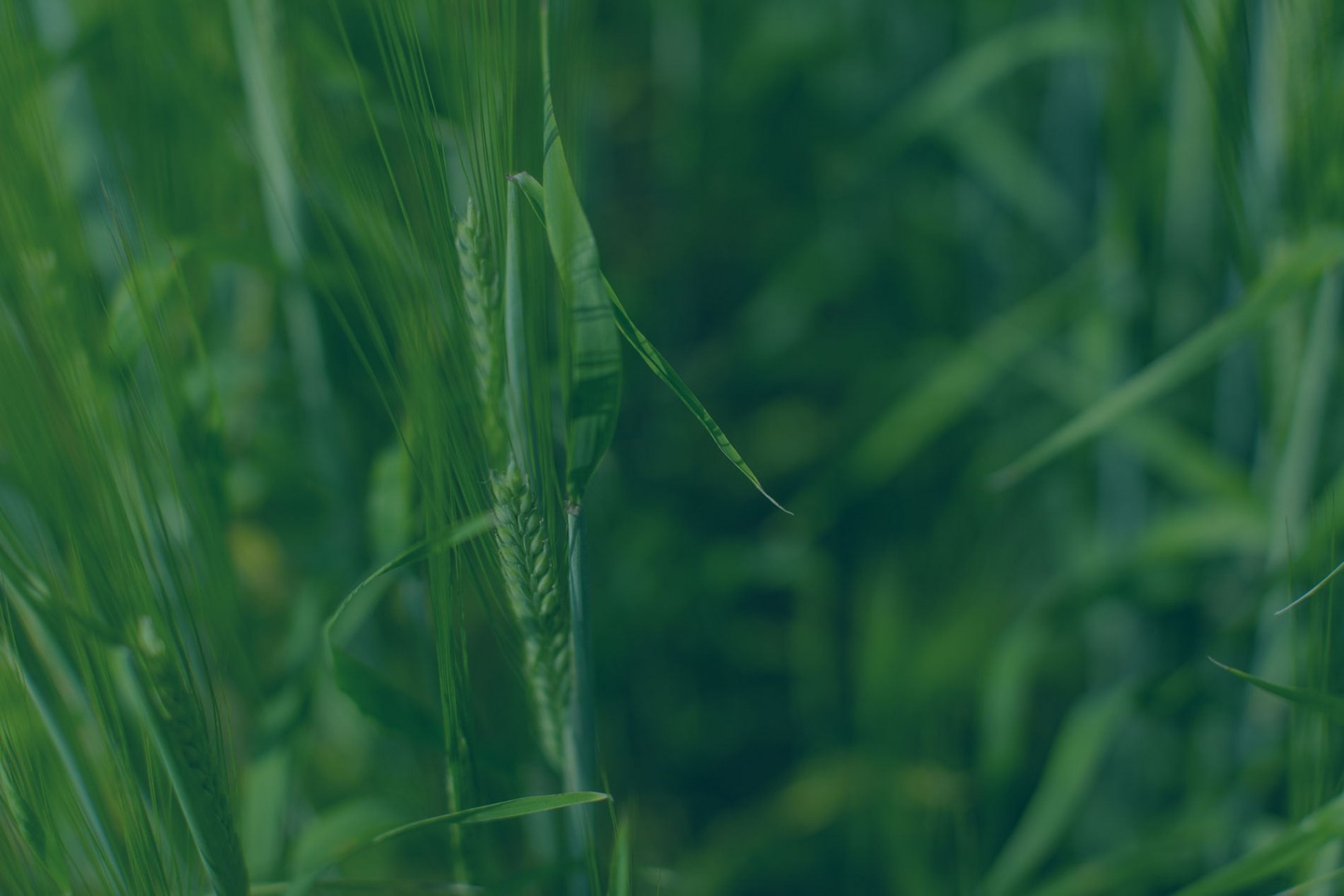A field tour of the ultra-early seeding trial
On June 26th, 2024, during Farming Smarter Field School, Dr. Brian Beres demonstrated his ultra-early seeding project for durum. The demo used the experiments conducted by Farming Smarter on irrigated land in Lethbridge. Other sites include Lethbridge dryland, Swift Current, Indian Head and Scott, SK. Details of the treatments are as follows:
.png)
Visual differences
At the time of the field tour, a clear difference of growth stage and height were seen between the seeding timings. For variety CDC Defy, the plot seeded on March 1st, when soil temperature was 0°C, was in early to mid head emergence stage. Interestingly, the plot that was seeded at 2°C was at mid to late head emergence. It was slightly more advanced than those seeded at 0°C despite being seeded 15 days later. The plots seeded at 4 to 10°C followed a gradient of decreasing heights, with growth stages varying between flag leaf to booting stages.
Varieties CDC Desire and Transend showed similar trends in growth stages and heights.
Yield and agronomic data will be collected from the trial. Stay tuned for the findings from this trial.

Figure 1. Pictures of durum variety CDC Defy. a to f: plots seeded at soil temperatures 0°C, 2°C, 4°C, 6°C, 8°C and 10°C, respectively. Plots seeded at 0 and 2°C were at head emergence stage, while the rest were at early to late booting stage

Figure 2. Plots seeded at different soil temperatures showing a gradient of plant heights and growth stages.
Benefits of seeding early
In this experiment, compared to seeding mid-May, seeding in mid-March produced a crop that was close to flowering at the end of June. It brings the benefits of:
1) Shifting the flowering period from July to June. Under heat stress, some grain development is more likely to abort and produce no kernels, causing a 10-15 bu/ac yield loss. Seeding early helps the plants to flower earlier in the cooler part of the season, thus reducing this risk of heat-induced yield losses.
2) Better yield stability. Based on 45 site-years of experiments, seeding early provides better yield stability. In other words, less yield losses when conditions are less than ideal.
3) Better crop competition: ultra-early seeded plots had good plant establishment early in the season, providing strong competition against weeds.
4) Economic benefits: Based on Dr. Beres’ previous studies, seeding at 10°C coupled with low seeding rates can cause up to $85/ac in economic loss compared to the ultra-early system and higher seeding rates.
What if it’s bone dry in spring? Does ultra-early seeding still provide benefits?
As with most agronomic questions, there’s no simple answer. Ultra-early seeding may not always produce better yields, but it has proven to provide higher yield stability. When encountering variability in conditions over multiple years, ultra-early seeding suffers less yield loss in challenging conditions . Why? The later seeded crops may receive moisture close to the time of seeding and emerge well; however, a larger percentage of the flowering and grain development period is exposed to the heat stress and potential terminal drought we experience in July/August.
The project has now spanned over multiple locations and years with the general conclusion that ultra-early seeding protects or improves yield and has always enhanced yield stability. The plants enjoy benefits similar to winter wheat such as access to early moisture, potential escape of pest and disease cycles, and avoidance of abiotic stress – all leading to the potential for improved yield.
Suggestions for ultra-early seeding
To make ultra-early seeding an effective seeding system, there are a few recommendations:
1) Use a dual seed treatment: since the seed is being seeded into cool soil, treating the seed with both insecticides and fungicides is very important for success. A good dual seed treatment not only protects the seeds from insects and diseases, it also improves their resistance to abiotic stress. On top of that, it results in significantly more plants in the field and helps the plants to survive past the seedling stage.
2) Seeding rate: a seeding rate providing 400 viable seeds/m2 (40 viable seeds/ft2) is recommended. The seeding rate is to account for the risks of seed/seedling mortality.
3) Seeding depth: No conclusive differences have been noted other than dormant-planting wheat in late-fall seems to benefit from deeper seeding. When seeding ultra-early, seeding in a range of 1 – 2” provides improved seedling survival and higher plant stand, thus yield benefits. On the contrary, when seeding happens in later spring, seeding on the shallower side of the range helps the plants to emerge faster, which provides yield benefits.
4) Weed management: ultra-early is one of the tools for integrated weed management. At the time of ultra-early seeding, a pre-seed burnoff may not be required as it is too early for weeds to grow. Pre-planning in the fall allows for the use of soil residual herbicides as a substitute for a pre-seed burnoff. In-crop herbicide decisions can be made during spring based on weed presence and pressure.

